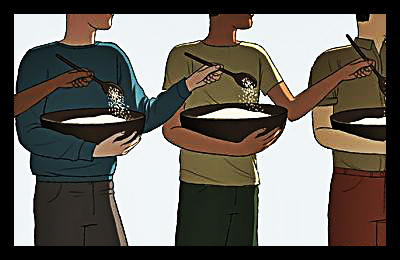In January of this year, USAID announced a new poverty reduction initiative in Kenya. In partnership with Kenya Commercial Bank (KCB) and General Electric (GE), USAID promotes investments in Kenya between the KCB and medical institutions that need financial assistance to offer appropriate medical care.
To provide this assistance, banks will grant loans to hospitals and other health centers. These investments in Kenya would have previously been considered unsafe and unlikely to be returned, but under the agreement with USAID, they are guaranteed reimbursement. If a full return cannot be made, USAID will pay back 50 percent of the loan.
The KCB, according to the deal, is obliged to divvy $1 million for medical equipment like MRIs, incubators and other standard-increasing machinery to be used in local health centers. GE has left $660,000 dollars for USAID to use as potential reimbursement funds, though only $500,000 (50 percent) should be used. In return, the Kenyan health services will purchase GE equipment, expanding GE’s global market.
There are some, however, such as Monica Onyango of Boston University, who are afraid this may lead to an overstated importance of imported goods, when in fact, locally manufactured equipment is better for local economic development.
Michael Metzler, director of Development Credit Authority (which is the tool used by USAID to promote loans, as in the initiative in Kenya,) reassures skeptics like Onyango that local business and manufacturing will still have the power Kenya needs it to have to grow. Quoted recently in a Global Post article, Metzler said that “we’d be very sensitive to a deal in which that was the case.”
Aside from the deal’s economic influence, clearer effects of the enhanced medical treatment new loans insure will be seen in public health. This expedites poverty reduction in Kenya by reducing the number of deaths caused by preventable diseases thriving in impoverished communities. These include diseases such as HIV, diarrhea, tuberculosis and malaria.
Illness and poverty go hand in hand, and until one is dealt with, the other is likely to expand. This new USAID initiative incorporates this idea and acts accordingly.
— Adam Kaminski
Sources: Health Poverty Action, Global Post, Federal News Radio
Photo: USAID

